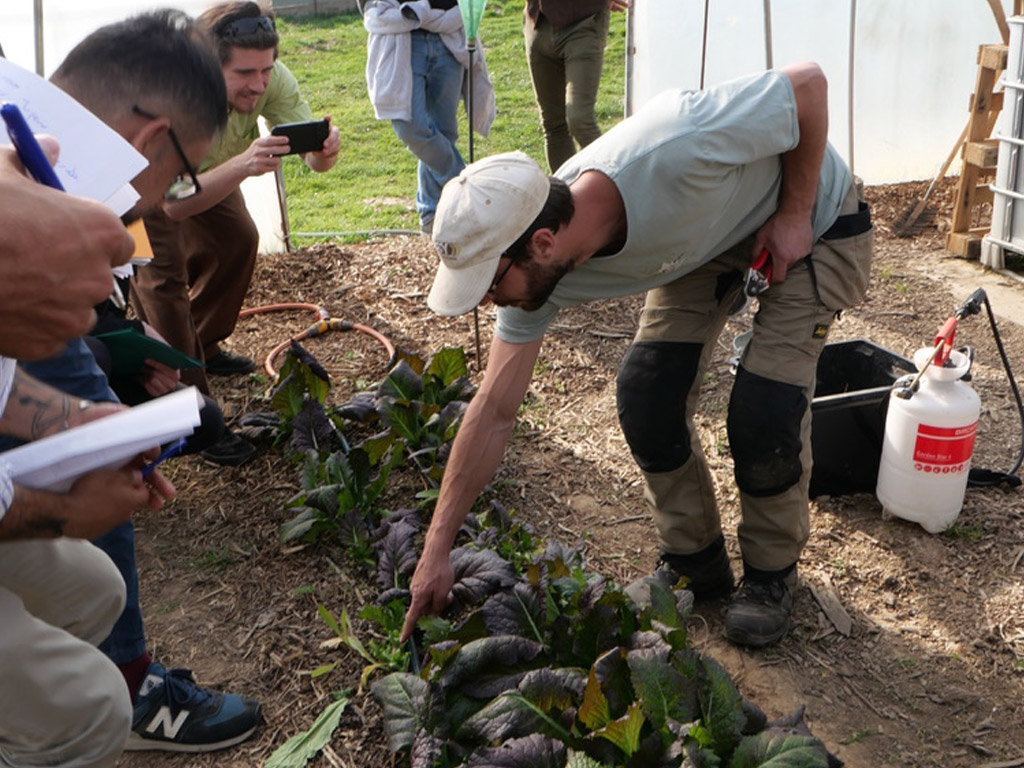Botanical Drawing
The SeedsValues methodology use artistic engagement to further our perception of seeds’ values. On this purpose, field research involves drawing sessions gathering researchers and local growers in agrobiodiverse fields and conservation settings.
The purpose of this ethnographic methodology is threefold. (a) Drawings will be used as a shared practice to meet local growers and open up space of shared experiences between agricultors and academic researchers. Drawing sessions will be used to trigger storytelling about agrobiodiverse worlding and thereby produce ethnographic data through practical collaboration. It is the contention of the SeedsValues that drawing offers practical and material points to bring forth “places of coincidence” (de la Cadena 2015, 19) where culturally diverse actors engage dialogue between their respective world experiences. (b) Drawing encounters are expected to proliferate ‘versions’ (Despret 2001) of agrobiodiversity that emerges as a co-construction between academia and local field experts. (c) Another purpose of drawing agrobiodiverse qualities lies in cultivating “arts of noticing” (Tsing 2015), identified as crucial human dispositions that fosters caring for non-human forms of life (Van Dooren et al. 2016). Drawing exploration involves close encounters with plants and seeds, sharpening eyes to observe plant life and reproduce it on paper through body movement.
Chaine Opératoire Workshop
This two-day workshop at Indrani Lodge (Genappe, Belgium) was co-organized by the SeedsValues at ULB, the Anthropology of Life Center at Collège de France, and the Centre for the Anthropology of Technics and Technodiversity at the University College London. Olivia Angé, Perig Pitrou and Ludovic Coupaye who head these research groups offered young scholars an opportunity to be trained in the tracing of Chaines Opératoires. Thinking through their respective ethnographic fieldwork the participants experimented this methodological proposition to document agricultural practices. The programme included keynotes by Ludovic Coupaye and Carlos Schautsuk, experimental sessions in the vegetable garden and gastronomic kitchen, and collective discussions. Over these two days we raised the challenges and promises of using chaine opératoire approach to document social life in the multispecies collectives composing agriculture fields.
This is a preliminary step in the building of a drawing methodology to approach vegetable growing process. Within the SeedsValues, we hope to be able to trace chaines opératoires entailing plant human techniques in a symmetrical perspective, accounting also for techniques developed by plants, in collaboration with others, in order to foster their flourishing.




